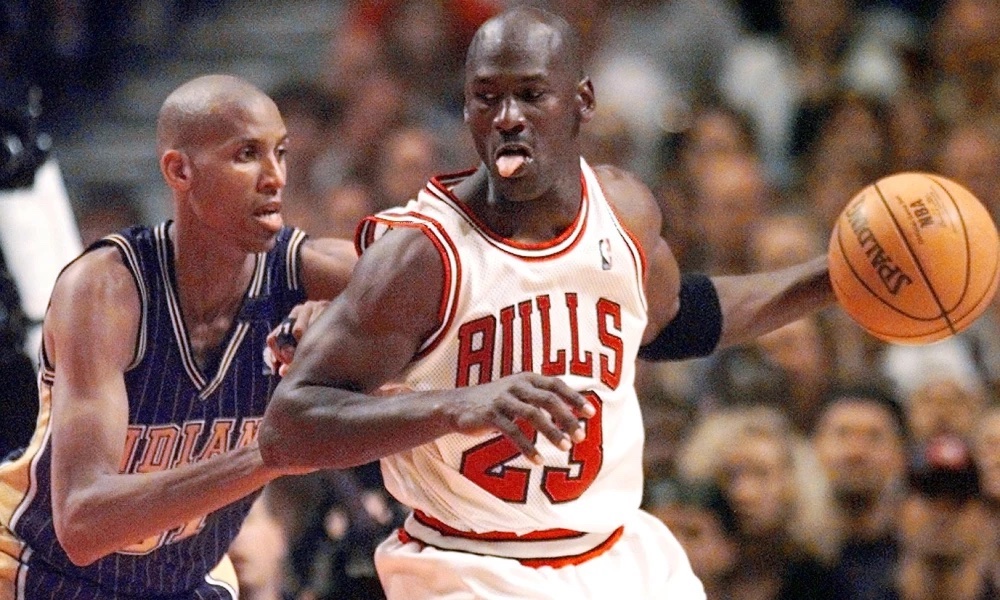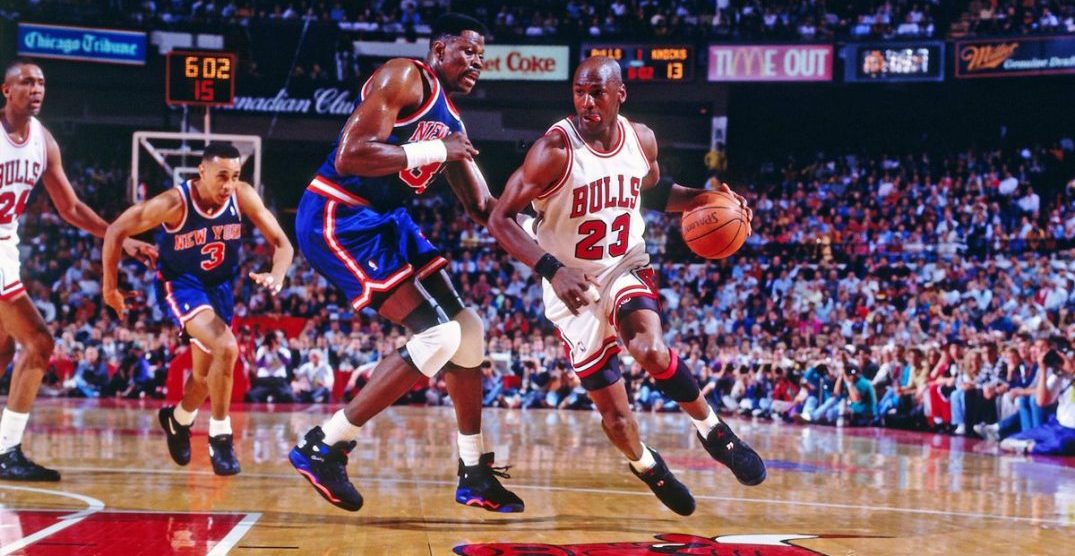
Are NBA Players Healthier Now Than in the 1990s?
The NBA is as hot as always, with players of the very highest caliber in professional basketball out on the courts and delighting fans. Players such as Stephen Curry, LeBron James and Giannis Antetokounmpo are all the players of the moment and are putting in big performances for their teams. Very rarely is there a discussion about MVPs that doesn’t include one or all these players.
To give their best out on the courts, the stars of the NBA take good care of their health. That’s always been the case, but how have things changed since the 1990s and the glory days of Michael Jordan? Are they healthier now than then? Below is a look health in the NBA between then and now.

Health cutting careers short in the 1990s
In the 1990s, the NBA witnessed some amazing talent, but health issues cut their career short. Brad Daugherty is one major waste. He played in the NBA for eight seasons before back injuries finally forced him to retire from the association in 1994. Scoring and rebounding were big strengths of his and he could have been one of the most productive centers in the game.
Gheorghe Muresan is another player who could have really gone places in the NBA, but back, ankle and nerve injuries forced him to quit. He had been the 1995-96 most improved player but had to retire after just six seasons in the NBA. Out on the court, this seven-footer really used to have an impact.
The challenge of overloading
One of the big challenges the NBA faces is how to prevent its rookies from suffering fatigue. They rise rapidly from college basketball into the NBA but find the season is longer, they have to play back-to-back games, and that they have to play longer games and more of them. These are just some of the physical stressors. Aside from all this, they have to contend with training and the emotional load of being in the NBA. Fatigue can cause players to injure more easily.
In the 21st century, teams in the NBA have begun to consider this more and try to avoid placing excessive demands on their players by limiting the amount of physical activity players can do. As important games appear on the schedule, coaches might take the decision to rest a player, the NBA finals odds will closely reflect the squads available, so why would they risk an injury in a dead rubber? Not all teams agree with this approach, though, and the NBA might not agree with either because it can mean fans don’t get to see some of the greatest players and start to feel cheated.
Some scientists are now suggesting that the answer is to focus on the type of training, rather than the amount. Sociological, psychological and nutritional factors can all play in a part in injuries. A person’s age, for instance, of their general condition can make a difference.

The challenge of height and weight
Height is a big issue that players now and in the 1990s and earlier have to somehow navigate. In the past, taller players have died young or suffered serious injuries while they were still young. Mike Sweetney’s weight shortened his career, and a heart attack killed Robert “Tractor” Taylor at just 34.
Larger players must also contend with injuries beyond the tragic. Knee injuries are an issue. Ralph Sampson made four All Star appearances in the 1970s before his knees let him down. Andrew Bynum is another player who was plagued by knee troubles and his career came to an end at the close of 2012.
The challenge of mental health
Perhaps one area where the NBA still has a lot of work to do is on the mental health of its athletes. Playing at the very highest level is demanding. Even Michael Jordan himself took a break at the very height of his career.
DeMar DeRozan, Kevin Love and other stars have spoken of their experiences, and in 2017 this prompted the NBA and the players association to take real action to further mental health and wellness. The league created new rules that made it mandatory for all teams to have at least one mental health professional on their full-time staff.
The NBA’s professionals must take great care of themselves and are doing much better at this than in the 1990s. Mental health is one area in particular where they have been big changes. No matter how small a step is, it’s always positive.



